Timofey Golubev's website
I am a Senior Research Scientist at ThermoAnalytics where I develop models and numerical algorithms for multi-physics phenomena. I mainly work on both physics-based and machine learning modeling of batteries, electric vehicles, and photovoltaics. I also have been the technical lead for the development and application of a general coupled heat and moisture transport solver. While the solver is generally applicable to any situation where tracking moisture storage and transport is important, one major application is analysis of the impact of different clothing layers on the human thermo-physiological response and comfort.
Recent Projects:

Moisture Transport and Impact on Human Thermo-Physiology
I have led the development and application of a general coupled heat and moisture transport solver for analyzing the impact of clothing layers on human thermo-physiological response and comfort. This work involves physics-based mathematical modeling of heat and moisture transport on the skin and within clothing, validated through human subject testing and sweating hotplate experiments.
Thermal-Electrical Modeling of Photovoltaics
My recent work has focused on developing and applying coupled thermal-electrical modeling approaches for photovoltaic systems across diverse applications. This includes physics-based degradation modeling for forecasting PV module lifetime, high-fidelity 3D thermal-electrical simulations for satellite systems in orbit, and comprehensive analysis of vehicle-integrated photovoltaics considering dynamic environmental conditions.

Dissertation Research:
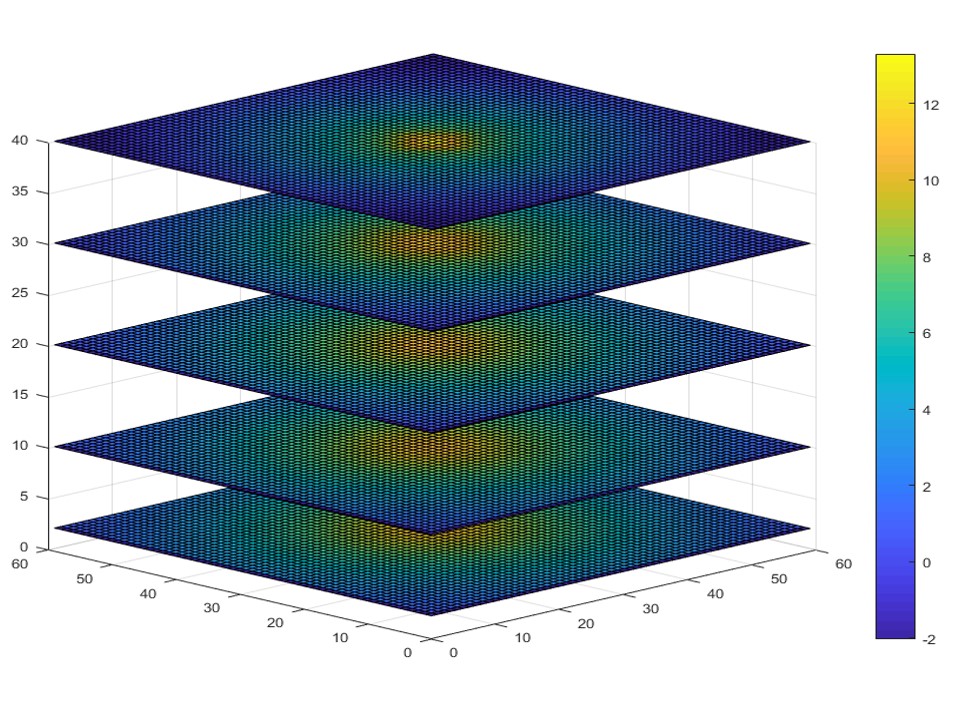
Drift-Diffusion Modeling of Photovoltaic Devices
A portion of my doctoral research has been focused on drift-diffusion modeling of photovoltaic devices such as organic and perovskite solar cells. The models can also be applied to other semiconductor devices such as organic light emitting diodes (OLEDs).
Improving Photovoltaic System Soiling Loss Predictions
I have developed PV energy production forcasting models that consider environmental conditions and soiling losses. In a collaboration with a PV startup, the models were integrated with open-source PV performance models and commercial algorithms for PV system cleaning schedule optimization to create a brand-new commercial software for soiling loss prediction and cleaning schedule optimization (PV SoilSayer). Additionally, I explored machine learning approaches to soiling modeling.
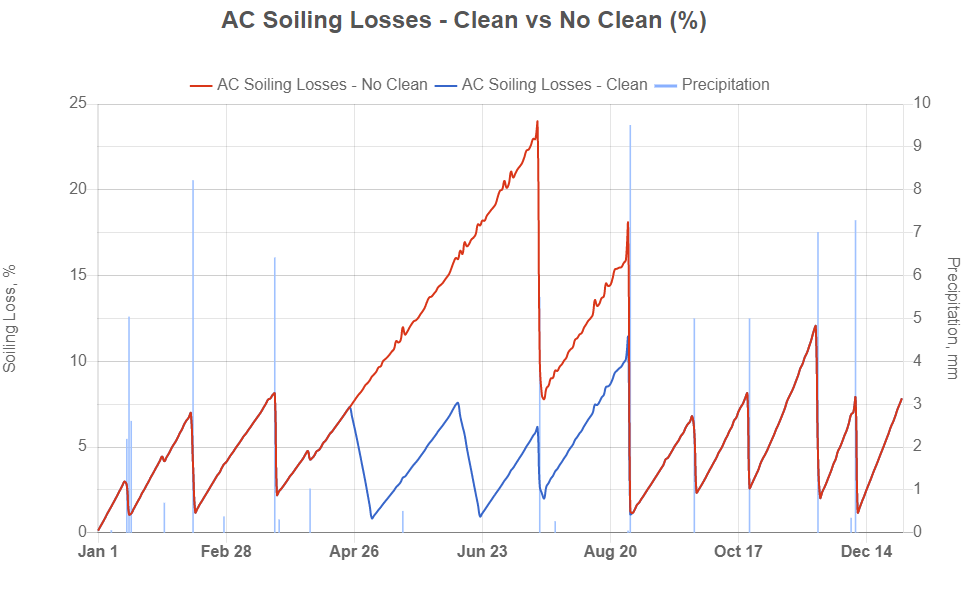
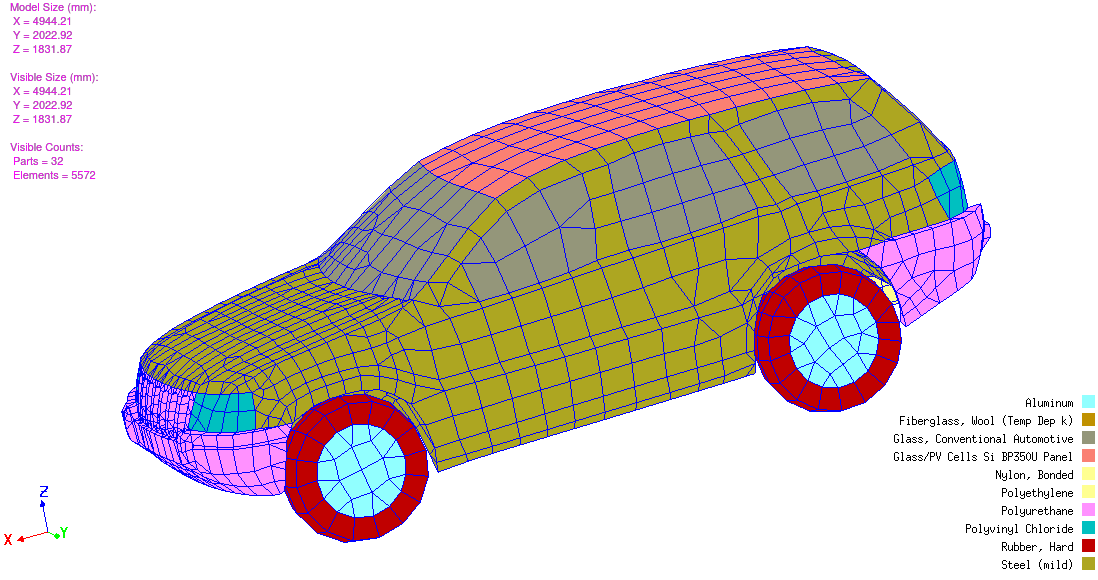
Coupled Thermal-Electrical Modeling of PV Systems
I developed a coupled thermal-electrical PV modeling approach involving integrating temperature-dependent equivalent circuit solar cell models with a commercial heat-transfer software (TAITherm). I applied this approach for evaluating the electricity production of electric vehicle integrated photovoltaics.
Past Computational Work:
Parallelized Interactive Molecular Dynamics
I significantly contributed to a group project of developing a parallelized (with MPI) interactive real time simulation of molecular dynamics using the Lennard Jones potential, meant for use on a Raspberry Pi supercomputer with an XBox One controller. The animation shows a parallelized (with domain decomposition to 5 processors) calculation for a moving repulsive electric potential where the colors represent the processor on which those particle's motions are calculated.
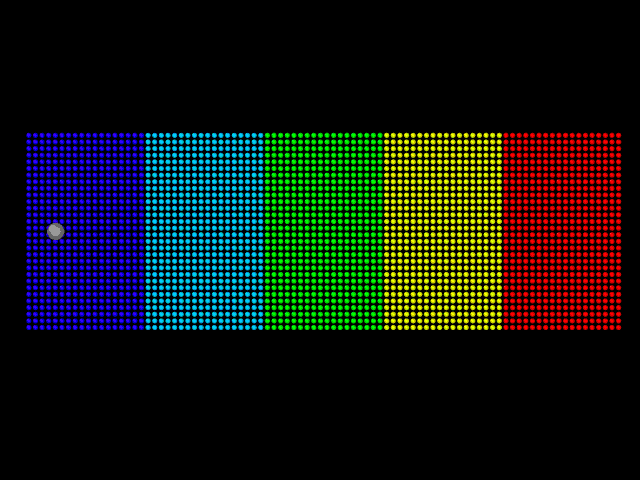
Molecular Dynamics: Melting of Argon
I have written object-oriented 3D molecular dynamics code in C++ which simulates the melting of argon using various thermodynamic ensembles and visualized this process with Ovito.

Structural Control of Light
As an undergraduate at Missouri S&T, I worked on computational light propagation studies such as the diffusion of light through waveguides and optical properties of a two dimensional aperiodic array of microcavities.
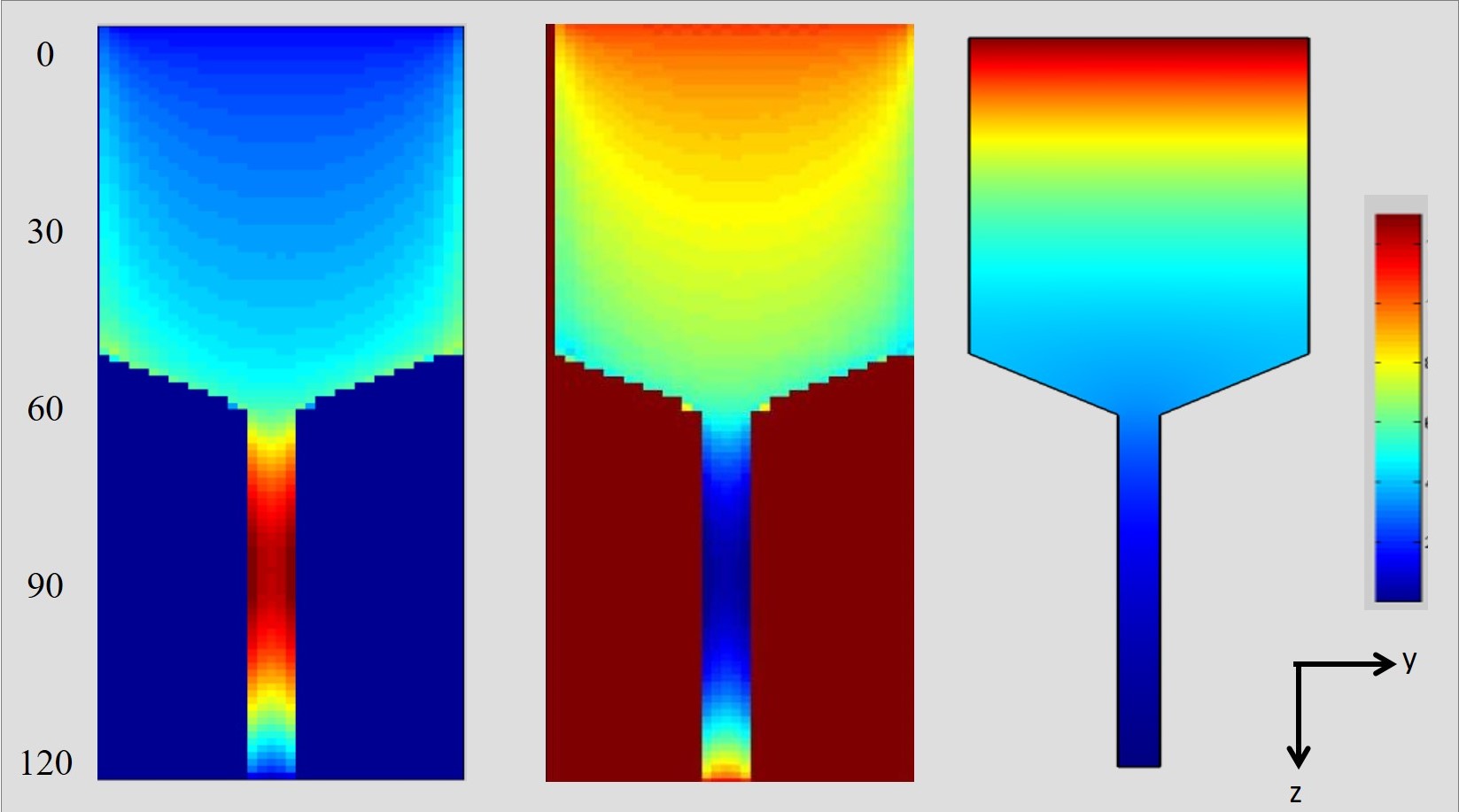
Past Experimental Research:
I have worked on experimental condensed matter projects including perovskite solar cells, nanowire exfoliation, and molecular beam epitaxy (MBE) and scanning tunneling microscopy (STM) characterization of 2D transition metal dichalcogenides.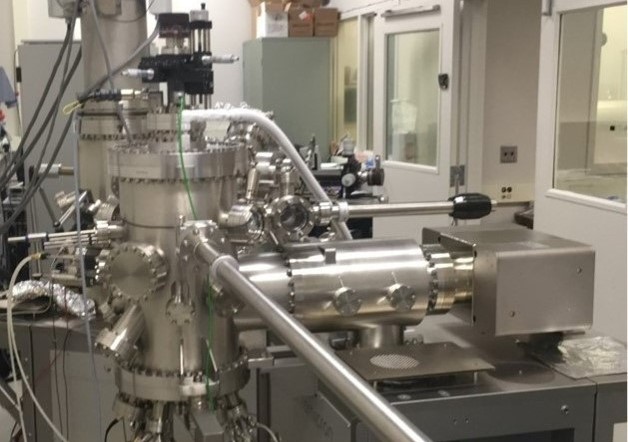
Molecular Beam Epitaxy
I worked on molecular beam epitaxy growth of WSe2 and SnSe2 monolayers.
Read More
Mechanical and Liquid Exfoliation
I have worked on mechanical (with use of scotch tape) and liquid (via sonication) exfoliation of transition metal nanowires and also verfied the techniques on MoS2 and Bi2Se3.
Read More
Layers for Perovskite Solar Cells
During my first summer of experimental work in graduate school, I experimented with techniques of spin coating to achieve higher quality layers for thin-film perovskite solar cells.
Read More